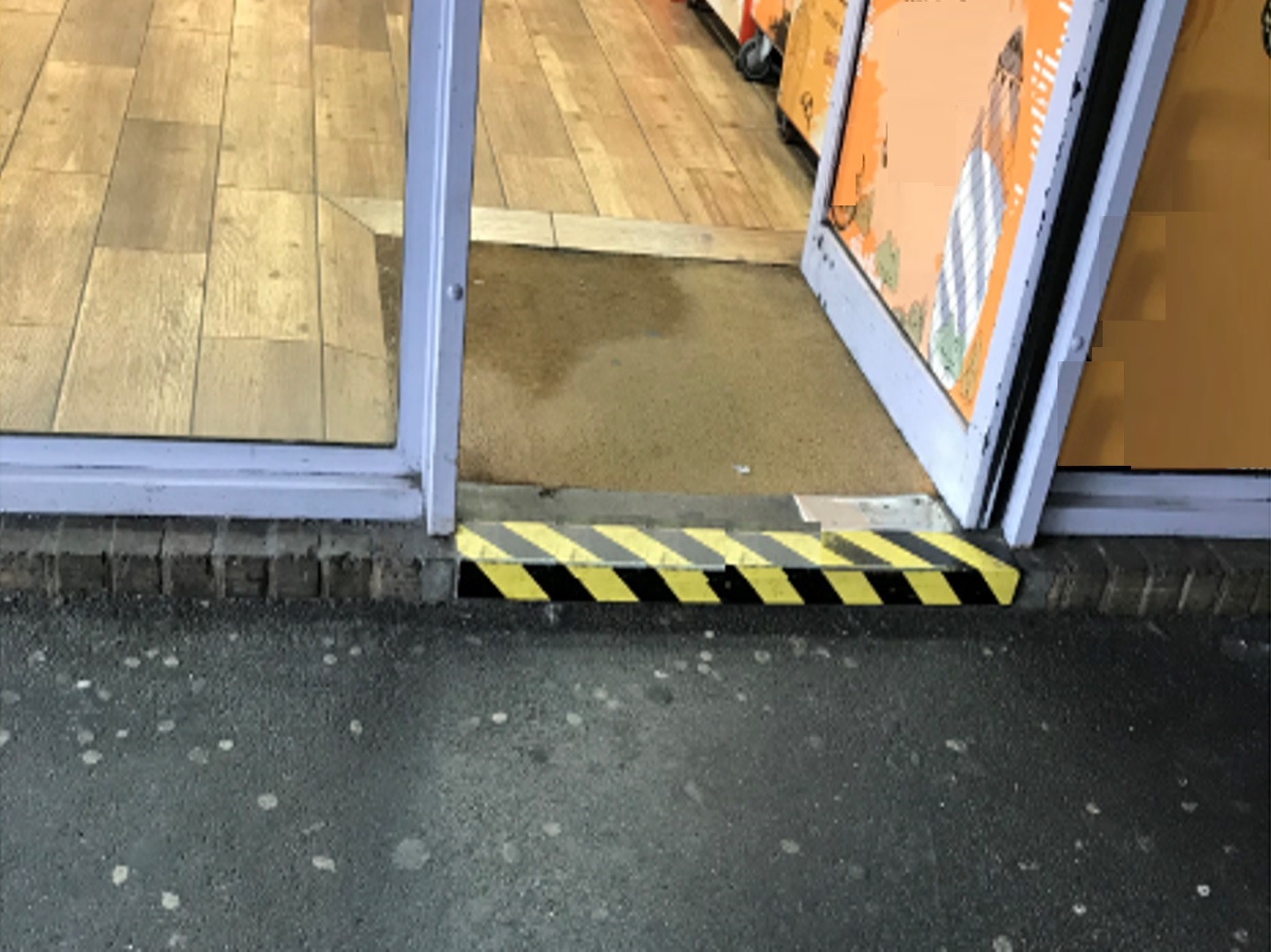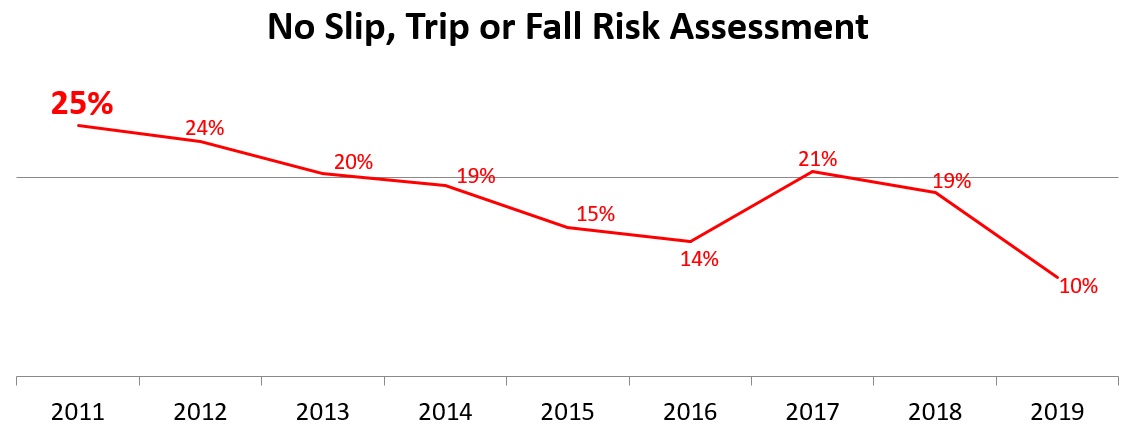The Law on Slips, Trips and Falls on the Same Level
The 2005 Act
Regulations require that
Section 8 of the Safety, Health and Welfare at Work Act 2005 requires employers to ensure, so far as is reasonably practicable, the design, provision and maintenance of a safe workplace with safe access and egress. Duties in respect of hazard identification, risk assessment and safety statements are set out in sections 18, 19 and 20
Section 12 requires employers to assess the competence of a contractor
Section 21 requires employers who share a place of work to co-operate in complying with and implementing health and safety provisions and to coordinate their preventive activities and keep each other and their respective employees, and safety representatives (if any), informed about the risks, including the exchange of safety statements or relevant extracts of them relating to hazards and risks to employees
Section 16 requires designers, manufacturers, importers or suppliers of articles used at work to provide or arrange for adequate information (and any revised information) to ensure safe use. They must also ensure, so far as is reasonably practicable, the article
- is designed and constructed so that it can be used safely and without risk
- complies with relevant legislation, and
- is properly tested and examined
Section 17 places a duty on those who design buildings or structures to ensure that they are safe and without risk to health
The Safety, Health and Welfare (General Application) Regulations require that floors of rooms shall not have dangerous bumps, holes or slopes and that they be fixed, stable and not slippery
Regulation 18 of the General Application Regulations says that every place of work should be kept clean and accumulations removed as frequently as necessary
Regulation 23 of the General Application Regulations says that outdoor workstations should be arranged so that employees are protected against inclement weather and cannot slip or fall
Regulation 99 of the General Application Regulations says that a place of work at height, or access or egress to it, should be constructed, used and maintained to prevent the risk of slipping or tripping
Regulation 105 of the General Application Regulations says that a working platform should be erected and used and maintained to prevent the risk of slipping or tripping
These Regulations state an employer shall ensure personal protective equipment (PPE) is provided where risks cannot be avoided or sufficiently limited by other means. The regulations require that the employer providing PPE should ensure it's properly maintained and replaced as necessary. PPE should be provided free-of-charge to the employee
Regulation 160 says safety signs can only be used where hazards cannot be avoided or adequately reduced by other means. 2.2 of Part B of Schedule 9 of the General Application Regulations says that a sign must be removed when the situation to which it refers ceases to exist

1.1.3 of Part A of Schedule 9 of the General Application Regulations says that places where there is a risk of colliding with obstacles or of falling shall be permanently marked with a safety colour or with signboards (or both). Part E specifies places with a risk of falling shall be marked with alternating yellow and black, or red and white 45° stripes with dimensions commensurate with the dangerous location. For some visually impaired people, floor coverings with striped patterns should be avoided

Regulation 30 of the Construction Regulations 2006 says that a site must be safe and without risk of injury with safe access and egress
Risk Assessment
Under section 19 of the 2005 Act, employers are required to carry out risk assessments and to record these in the Safety Statement.
 | The rate of workplaces with no slip, trip and fall (STF) risk assessment improved from 25% in 2011 to 10% in 2019. (Inspectors assessed over 10,000 total risk assessments.) This trend is mirrored in the Transport, Manufacturing and Construction sectors. However, no STF risk assessments was found in 31% of over 1,800 Retail visits. |
